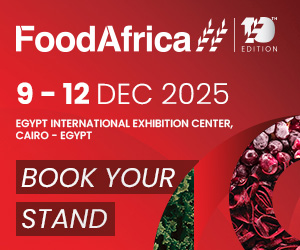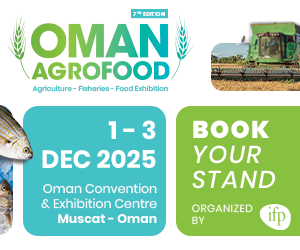The Middle East meat market was valued at USD 101.35 billion in 2024 and is projected to grow from USD 106.23 billion in 2025 to USD 154.81 billion by 2033, registering a steady CAGR of 4.82%.
Market Overview
Meat remains a central source of protein across the region’s 18 countries, reflecting deep-rooted culinary traditions and religious practices. Consumption is closely tied to cultural and social rituals, particularly during festivals such as Eid al-Adha. According to the FAO, per capita meat consumption in GCC countries averaged 87 kilograms annually in 2023, far above the global average of 43 kilograms. Yet, over 85% of lamb consumed in Saudi Arabia and the UAE is imported—mainly from Australia, Sudan, and Ethiopia—underscoring limited domestic production capacity.
Key Market Drivers
- Population Growth and Urban Middle Class Expansion: By 2030, the Middle East’s population is forecast to reach 640 million, with 70% living in urban centres. Rising disposable incomes, especially in Saudi Arabia and the UAE, are driving demand for animal protein and convenience-oriented products such as chilled poultry and ready-to-cook meals.
- Religious and Cultural Significance: Eid al-Adha and communal gatherings create predictable spikes in demand. Hospitality traditions, where meat-based dishes like kabsa, machboos, and kebabs dominate, further cement meat’s cultural importance.
Market Restraints
- Limited Domestic Livestock Production: The region’s arid climate, scarce arable land, and limited freshwater (less than 2% of global renewable resources) restrict large-scale livestock farming, making the GCC reliant on imports for over 80% of its red meat.
- Halal Certification Complexities: Over 50 certification bodies operate across the region with varying standards, raising compliance costs and complicating market access for global suppliers.
Market Opportunities
- Cold Chain Expansion and Modern Retail: Heavy investment in temperature-controlled logistics is reducing post-harvest losses and ensuring food safety. The UAE, with 98% of its meat distributed via refrigerated systems, is a regional leader. Growing hypermarkets, gourmet supermarkets, and online platforms (Noon, Carrefour UAE) are widening access to premium products.
- Alternative and Cultured Meat: The UAE, the first in the region to approve lab-grown meat (2023), is positioning itself as a hub for alternative proteins, aiming to produce 40% of its food needs domestically by 2051.
Segmental Insights
- By Type: Raw meat dominates, reflecting traditional preferences for fresh cuts, while processed meat is growing at 9.6% CAGR, fueled by urban lifestyles and quick-service restaurants.
- By Product: Chicken leads with 43.3% market share in 2024 due to affordability and widespread acceptance, while mutton is projected to grow at 8.2% CAGR, supported by ceremonial demand.
- By Distribution Channel: Supermarkets and hypermarkets accounted for 52.3% of the market in 2024, while online stores are the fastest-growing segment (16.4% CAGR), driven by digital adoption and improved last-mile logistics.
Regional Insights
- Saudi Arabia: Largest contributor with 28.5% share in 2024, owing to high population, religious rituals, and Vision 2030-driven investments in domestic poultry and cold chain.
- UAE: Second-largest market, fuelled by diverse expatriate demand, high incomes, and a vibrant hospitality sector. Imports account for over 90% of meat consumption.
- Egypt: A price-sensitive but high-volume market where chicken dominates consumption due to subsidised production. Red meat demand is rising with urban income growth, though Egypt remains a net importer.
Competitive Landscape
The market features a mix of traditional suppliers, modern retailers, and vertically integrated agribusinesses. Competition increasingly centres on logistics, halal compliance, and cold chain reliability. Domestic producers face pressure from multinational retailers with global sourcing reach, while innovation in traceability and sustainability is becoming a key differentiator.
Key Players
- Almarai Company: Expanded poultry and red meat portfolio with vertically integrated supply chains and advanced processing facilities.
- Lulu Group International: Operates one of the largest halal-certified supply chains, with centralized processing and blockchain-based traceability.
- Al Dahra Agricultural Company: Secures feed and livestock assets regionally and globally, ensuring supply stability and managing live animal imports.
Strategic Approaches
Top players are focusing on vertical integration, halal certification standardisation, cold chain investment, private-label expansion, and digital traceability. Blockchain and QR-code tracking are increasingly used to build consumer trust, while partnerships with international exporters help diversify sourcing and mitigate geopolitical risks.
Source: marketdataforecast.com


















































































